Instrumental Music Teacher, Joppa View Elementary
Students play instruments. How much more student-centered can you get? After some brief directions and a bit of modeling from the teacher, the student is responsible for practicing the necessary playing skill(s) needed to master the performance of that instrument. Yes, the teacher is needed to oversee this process, correct mistakes in technique, and encourage the student when he is struggling, but, it is ultimately up to the student to master his own learning. Right? Isn’t that what being student-centered is all about? These were my initial thoughts entering this school year.
Then came all the trainings, faculty meetings, PD’s, etc., and the more I started to unpack what having a student-centered classroom was going to look like, I quickly realized that my old way of instruction just wasn’t going to cut it anymore. Yes, the act of making and participating in music is still, indeed, student-centered. Students are responsible for performing their individual part, for working in groups when performing songs, and for making aesthetic decisions about the music and performance in real time. Students are always actively “creating” in a musical environment. But what about students making choices about musical selections? What about students deciding on activities that will improve their technique? Stations…in instrumental music? What?
Last year, I taught one lesson using stations. It was a lesson about vibration, sound waves, and how these vibrations interact with the environment. Students visited four stations: 1) What causes sound 2) sound waves 3) sounds waves traveling through the air and 4) eardrum. There was a science experiment at each station, and by the end, the kids were able to complete a diagram about how sounds were produced.
Since I had the format somewhat in my mind from last year, I decided to focus on station-based learning this first half of the 2014-2015 school year. I was hesitant to adopt this approach for the majority of my instruction. I was thinking; people do realize that Johnny has never played an instrument before, right? How in the world is he going to learn the necessary playing skills by being sent off to a station without me teaching? Despite extreme trepidation, I went ahead and dove in and hoped that I wasn’t ruining my students’ first instrumental music experiences. Of course I started the year with my time-tested vibration lesson!
- Students who were stronger academically were helping others with the work/answers.
- Students who don’t always fit in had a group to belong to and were finding ways to contribute.
- Students were actually having conversations about music and instruments and sometimes even how these things relate to their personal lives!
- Students were making connections, lesson to lesson about how skills and concepts relate to each other.
- Answers were becoming more articulated, vocabularies were improving, students could now tell me “why” things were happening.
- Students were actively exploring their musical world; which is the whole point of the Exploratory Music curriculum.
It has been a very rewarding teaching experience thus far. I look forward to the continued use of stations and the implementation of technology for the remainder of the school year.


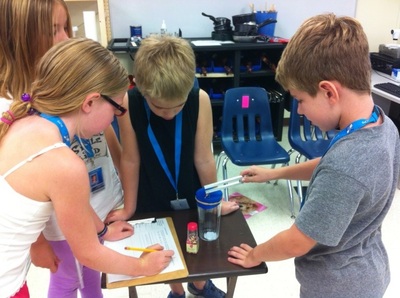
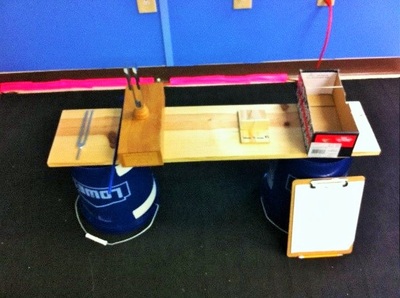
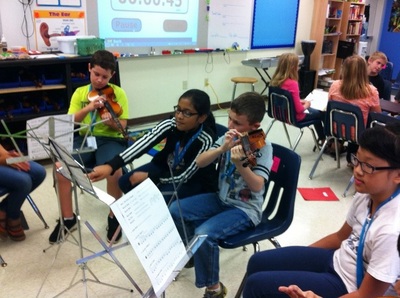
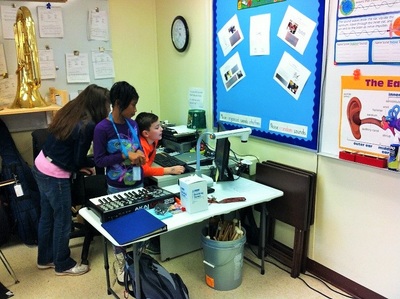
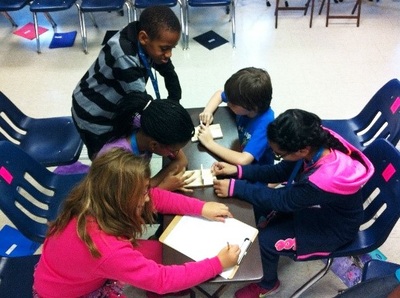
 RSS Feed
RSS Feed
